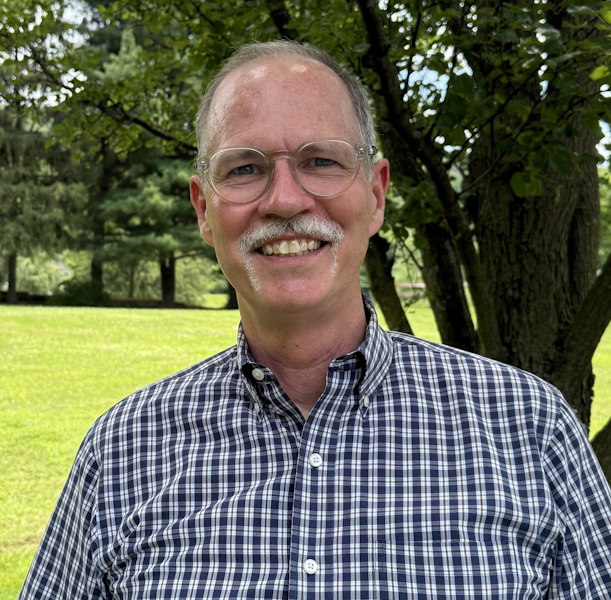Scott Eshleman, who lives in Beacon, is a structural bridge engineer who created drawings of the city’s spans for a recent exhibit at the Beacon Historical Society.

Where did your interest in building structures begin?
Ever since I was a kid, I have always enjoyed being outdoors, climbing up things and learning how things work. I had an aptitude for math and art, and all those combined together. I was big into construction equipment in my little sandbox — building roads, tunnels and structures, and moving the earth around to make way for imaginary roadways and paths. I’d always build structures, and my mom would say, “I don’t know how it’s standing up, but it’s standing up.”
When did you decide to become an engineer?
The idea of bridges didn’t really even hit me until my sophomore year of high school. I asked my mechanical drafting teacher, “What should I do? I’m good at art and I’m good at math.” He said, “Well, you ought to be an engineer.” I had no clue what an engineer was, so I thought, “OK, I’ll try that.”
Do you have a favorite project?
My favorite is a water distribution project in Honduras, even though it’s not a technical bridge project because we engaged so much of the community. I worked with students from the University of Honduras; we had them involved in water testing. Once we were sure we had a pure and ample source of water, we started to design a distribution system that took us about five to six years to fully construct. But it was wonderful. That endeared us to the local village, which had never had a North American team come there before.
How did your exhibit of bridge drawings come about?
Diane Lapis, the director of special projects for the Beacon Historical Society, used to live in my house with her husband. When she found out I was a bridge engineer, she said, “Oh, we’re doing this focus on historical Beacon bridges, you have to be a part of it.” I can’t help but do that kind of stuff. I did one sketch of a bridge in this historic setting from photographs that led to a series of seven drawings. Then I had an exhibit there for the last two or three months. It was fun getting involved with that.
How about the presentation with Green Teen Beacon?
Diane and I brought them in together; she had all these bridges and the history there. We talked to the kids about each one of those, and I had some illustrations. We just talked about basic bridge structure, about how a bridge is supported and those kinds of things, just to give them an introductory appreciation of how a bridge works and the importance of bridges.

